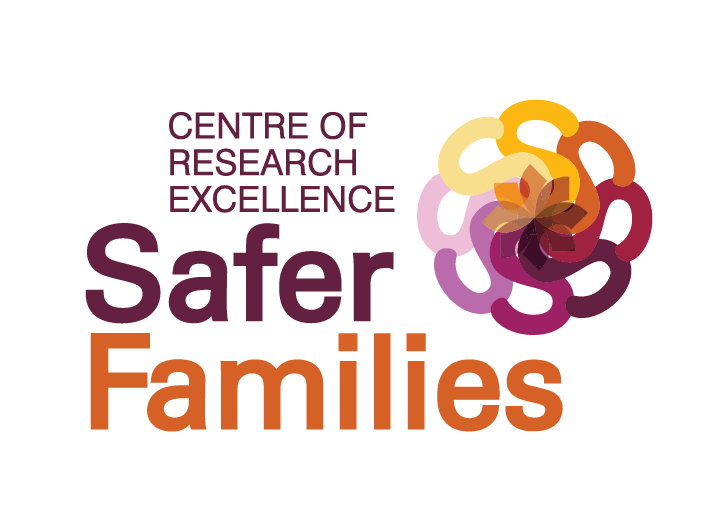What is the TAR scale
The TAR Scale is a research tool that measures the victimisation and impact of self-reported technology-facilitated abuse in relationships. The scale is the only existing validated scale that measures the impact of TAR and a recent systematic review recommended the TAR Scale as a leading instrument for analysing technology-facilitated abuse in relationships (Martínez Soto & Ibabe, 2022).
The scale consists of 30 items presented in a six-point format and requires respondents to answer “not at all”, “once,” “a few times”, “monthly”, “weekly”, or “daily/almost daily” in relation to the last 12 months. The Humiliation dimension contains 10 items, the Monitoring and Control dimension 7 items, the Sexual Coercion dimension 8 items, and the Threats dimension 5 items. Strengths of the scale stem from the rigour and exhaustive list of behaviours employed during its development, its durability across the full range of digital platforms and tools, and its measurement of both victimisation and impact.
The TAR Scale was developed in 2021 and validated among a sample of 527 Australians aged 16 to 24 years. A full description of the development and validation of the TAR Scale can be found in the publication Brown, C., & Hegarty, K. (2021). Development and validation of the TAR Scale: A measure of technology-facilitated abuse in relationships. Computers in Human Behavior Reports, 3. doi:10.1016/j.chbr.2021.100059”
Validation of the scale among an adult sample of 390 Australian women is currently pending publication. The TAR Scale is currently undergoing translation into Portuguese, Turkish, Spanish and Mandarin.
Below are the definitions, demographic questions, and victimisation and impact items that make up the scale.
The definitions within the TAR include:
Dating Relationships and Digital Devices.
Some of the demographic questions asked prior to answering the victimisation items include:
Age, gender, country of birth and the dating relationship duration.
Demographic questions asked after the victimisation & impact items include:
The definition of partner (s), postcode and whether they were born in Australia and if they are of Aboriginal and Torres Strait Islander origin, country of birth, educational status, employment and government benefit status.


